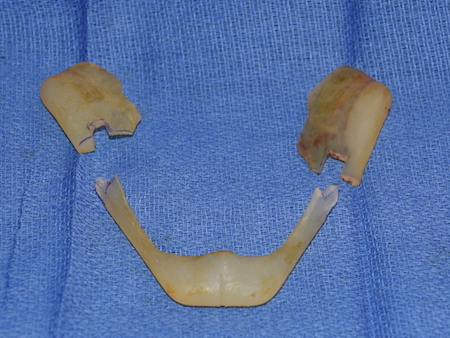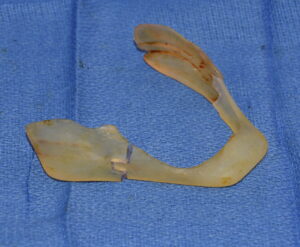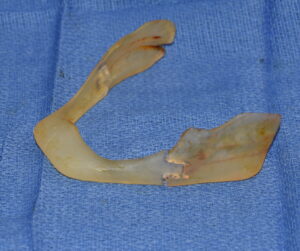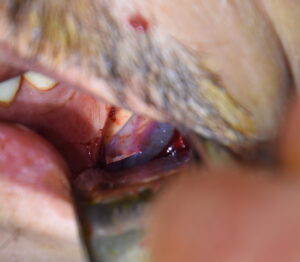A custom jawline implant offers the most effective and powerful strategy for augmenting the lower third of the face. Designed as a single implant its wrap around effect connects the chin and the jaw angles into a confluent aesthetic effect. Since it is designed as a single implant, it is ideal to place it as such.
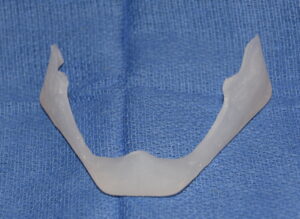

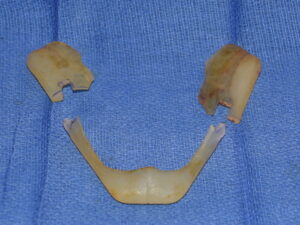

But when the jaw angle reaches a certain thickness it can not be adequately folded over onto itself. It then becomes necessary to use am implant split approach. One technique is the midline geometric split and placing the implant in a back to front technique.
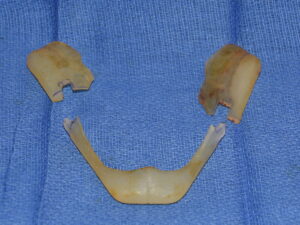

An interesting question is which geometric split technique is best when a custom jawline implant can not be placed as one piece. That depends on the size of the chin part of the implant. Larger chin components can also be a problem for passage under the mental nerve so the three piece split technique work best in these cases.
Dr. Barry Eppley
Indianapolis, Indiana

